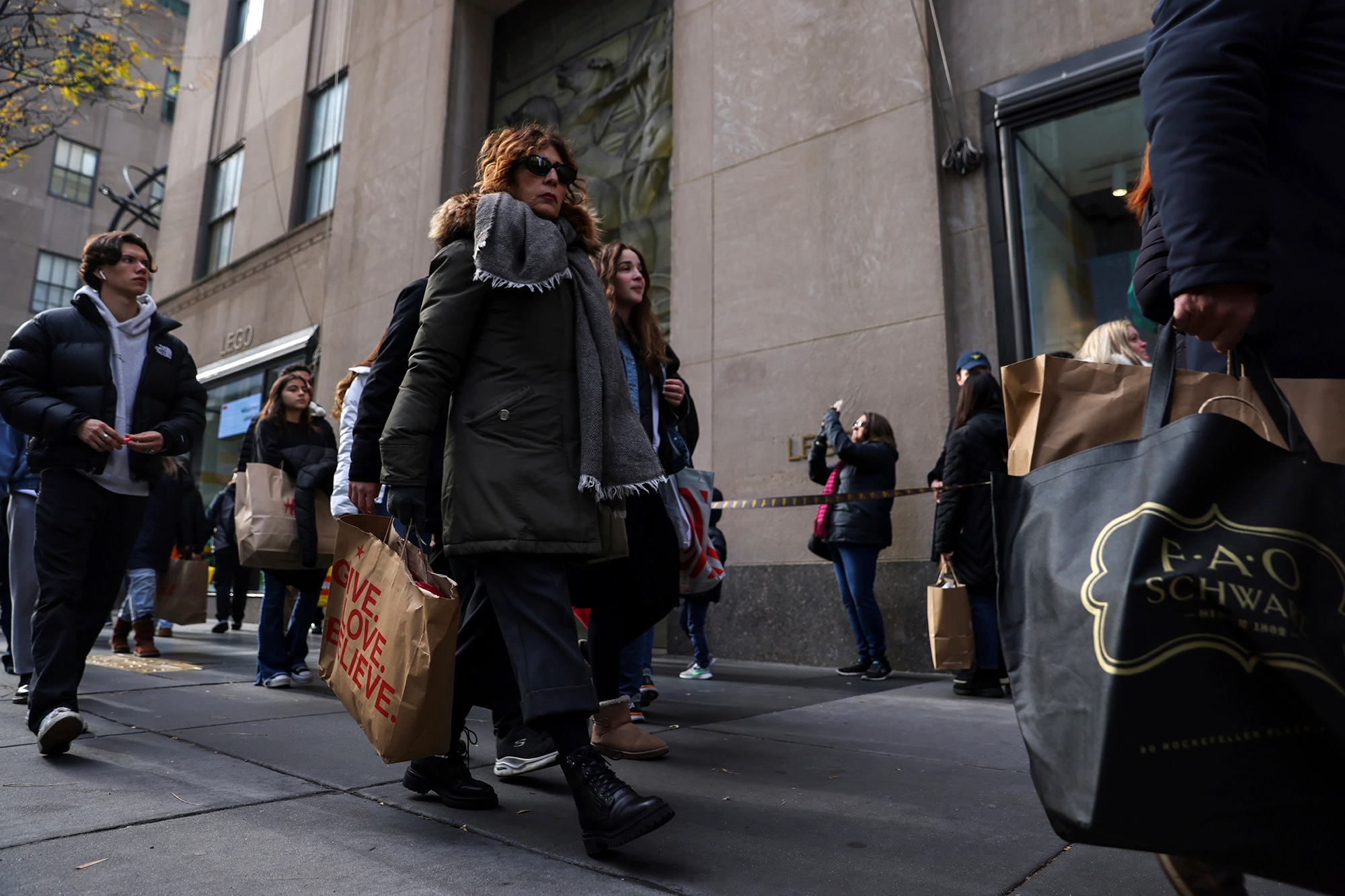Retail income slipped 0.6% in November, as purchasers shied farfar from big-price price tag gadgets like furnishings and electronics, the Census Bureau said on Thursday. That compares to an growth of 1.3% in October and forecasts for a modest dip of 0.3%.
Categories that noticed decreases have been motor vehicles, furnishings and electronics. Consumers have persisted to spend while the financial system slows and the Federal Reserve increases hobby rates, because it did on Wednesday with a half-factor growth and vows to now no longer forestall in 2023. They have additionally been helped via way of means of moderating inflation, which fell in November to an annual fee of 7.1% from the previous month’s 7.7% and down from its June top of 9.1%.
But their sample of spending has changed, with purchasers choosing “experiences” together with journey and ingesting out over long-lasting gadgets together with wearing goods, furnishings and lawn device that have been desired a yr ago.
Sales of gas noticed a totally moderate decrease, however for the reason that document does now no longer regulate for inflation, which can replicate the decline withinside the fee of gas during the last month.
Much of retail spending is being fueled via way of means of heavier use of credit score playing cards and drawdowns of private financial savings that ballooned throughout the coronavirus pandemic. Rising wages have additionally helped buoy spending.
“It’s a blended bag,” says Jonathan Silver, CEO of Affinity, a company that tracks debit and credit score card spending for companies. “Consumer urge for food to spend remains strong, however we’re seeing plenty of good deal hunting. Promotions are a large a part of the approach for retailers.”
Overall, Silver says Affinity’s statistics display a 6% growth in retail spending for November in comparison to 2021, however a few categories – together with electronics, garb and accessories – have became negative.
The Fed threw bloodless water Wednesday at the concept of a pause, or pivot, in its competitive stance of economic coverage tightening, a driving force in better customer borrowing costs. The crucial financial institution dominated out the chance that fee will increase could forestall in 2023, amid the risk of a recession and growing unemployment subsequent yr.
“The Fed is attempting to engineer a gentle monetary touchdown that during our view has a excessive chance of failing and inflicting a recession in 2023,” James Demmert, leader funding officer of Main Street Research, wrote Thursday morning. “The Fed would really like inflation to settle at 2% and it’s tough to assume that going on with out a recession and lots better unemployment, because the cutting-edge fee of inflation remains manner above that 2% target.”
Separately Thursday, the Labor Department said the wide variety of Americans submitting first-time claims for unemployment advantages fell via way of means of 20,000 to 211,000 from the revised 231,000 of the previous week. The four-week shifting average, meanwhile, turned into 227,250, a decline of 3,000 from the previous period.

